
|
ARFF |
CapeCodFD.com
AIRPORT RESCUE FIRE FIGHTING APPARATUS |
ARFF |
|
|
Crash
Trucks Protecting Our Airports |
|
| - - - - - - - - - - - - -- Updated June 14, 2021 - - - - - - - - - - - - |

|
ARFF |
CapeCodFD.com
AIRPORT RESCUE FIRE FIGHTING APPARATUS |
ARFF |
|
|
Crash
Trucks Protecting Our Airports |
|
| - - - - - - - - - - - - -- Updated June 14, 2021 - - - - - - - - - - - - |
<< Prev CapeCodFD.com Home ARFF Main Terminal Features Next >>


ABOUT AIRPORT ARFF IINDEX
Determining how many fire trucks are required?
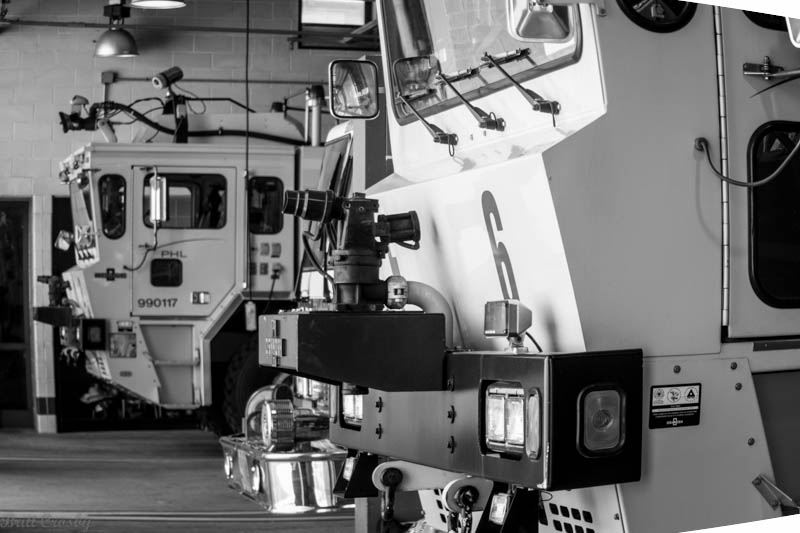

BOSTON MASSPORT LOGAN AIRPORT
2019 Oshkosh Global Striker 4x4 1500/150
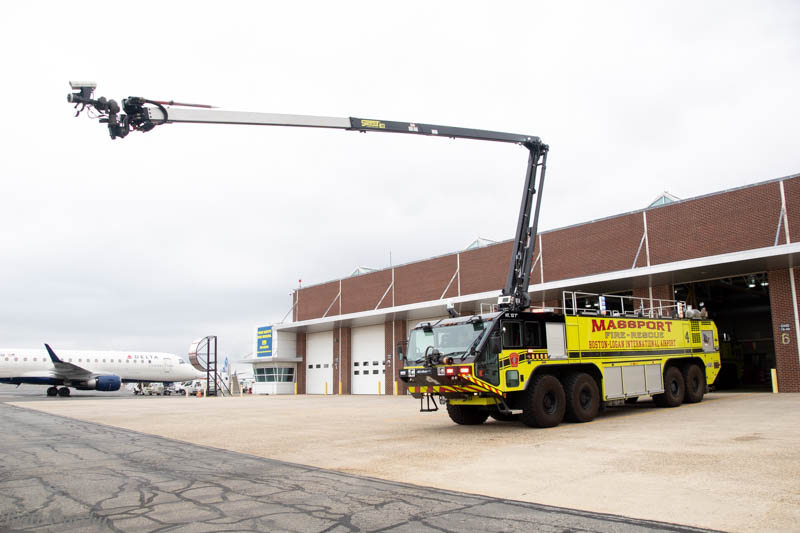
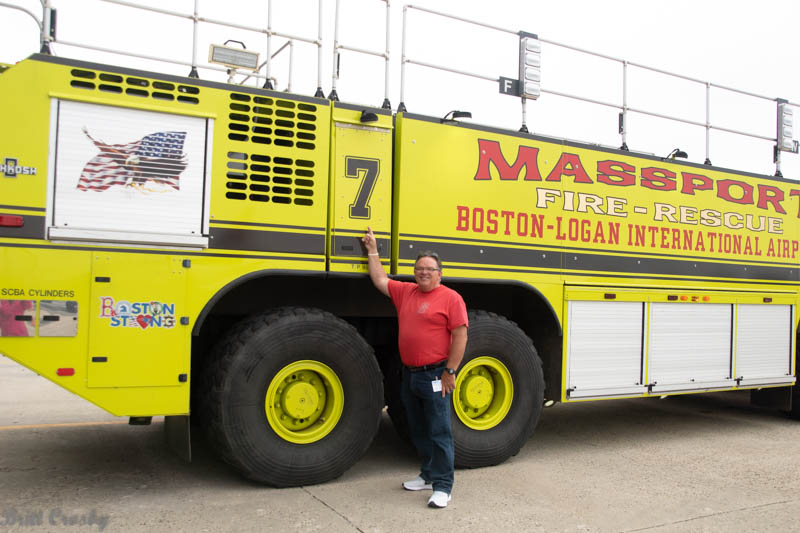

Martha's Vineyard Airport (MVY)
2019 Oshkosh Global Striker 4x4 1500/1500/210/450 ARFF Truck
June 2021

JFK International Airport, New York City
One of the Oshkosh Striker Fleet that protects the Airport.
Oshkosh 300 with 55' Snozzle.
May 2021

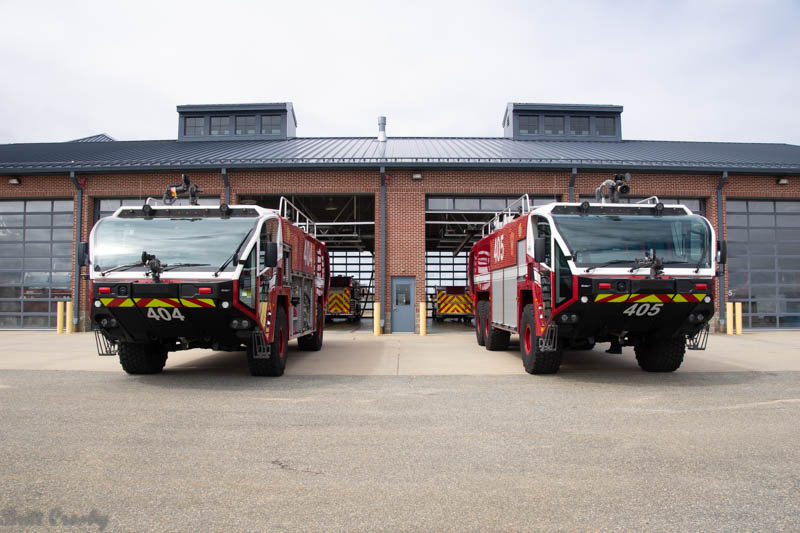
Joint Base Cape Cod
Newest ARFF Units
2021 Foam 404 - Oshkosh Striker 4x4 1500
2021 Foam 405 - Oshkosh Striker 6x6 3000

Joint Base Cape Cod 2021
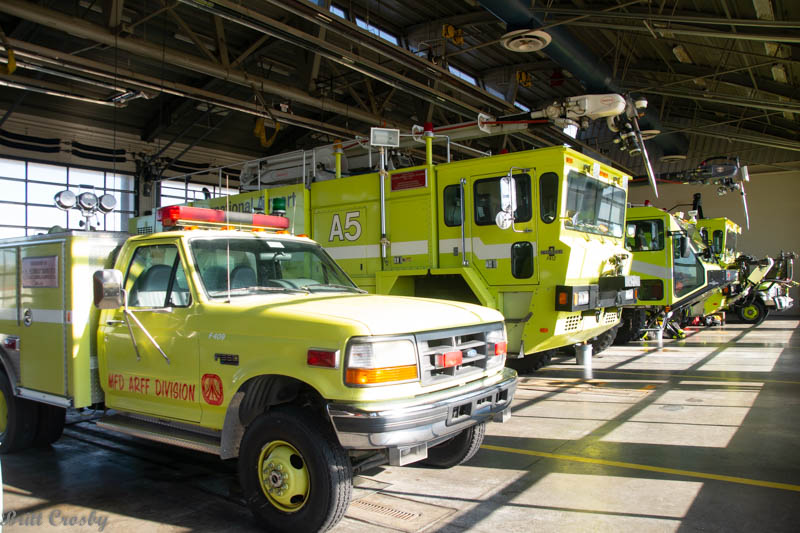
Memphis International Airport March 2021
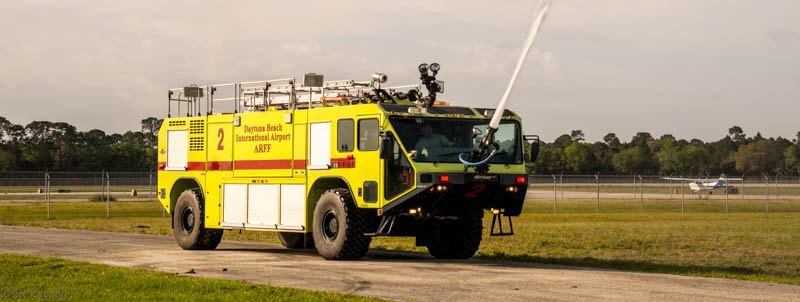


 |
Airport Crash
Trucks are cool!
There is simply no better way to put it. These specialized apparatus have evolved over the years into some of the fastest, most powerful, and sophisticated fire apparatus we know of today. The ARFF apparatus originated to protect military airfields, aircraft and pilots. Much of the advances in the technology of ARFF apparatus came out of the experiences of military crash crews. Today, most airports have some form of ARFF protection. There have been and are a number of manufacturers of ARFF equipment. Among the more prevalent in the U.S.A. would be Oshkosh, Walter, American LaFrance, Emergency One, and Rosenbauer. There have been many other companies that have built crash trucks and many around the world still doing so today. No matter the manufacturer, all ARFF apparatus have some basic features in common. They are constructed with the ability to go 'off road' in all kinds of conditions to reach downed aircraft. They carry their water with them. They have pumps that can engage while the apparatus is still rolling. The pump and roll capability is carried out by a turrent nozzle that can be control from within the cab. They have foam tanks that when mixed with carried water can put a powerful punch on fuel fires. Many also carry dry chemical agents as well. Most ARFF apparatus can be operated by one or two crew members from within the apparatus. ARFF trucks are able to respond at high speeds to reach all parts of airfields quickly. In addition to the basics, some ARFF units are being built now with elevated stream devices, carry jaws of life tools, and have additional technologies that enhance their duty. They come in all sizes, shapes, and colors. I have always been fascinated by these unique fire apparatus and have admired their capabilities. I have photographed many of them in my travels, and continue to do so. I hope you admire them as I do and enjoy this feature.
|

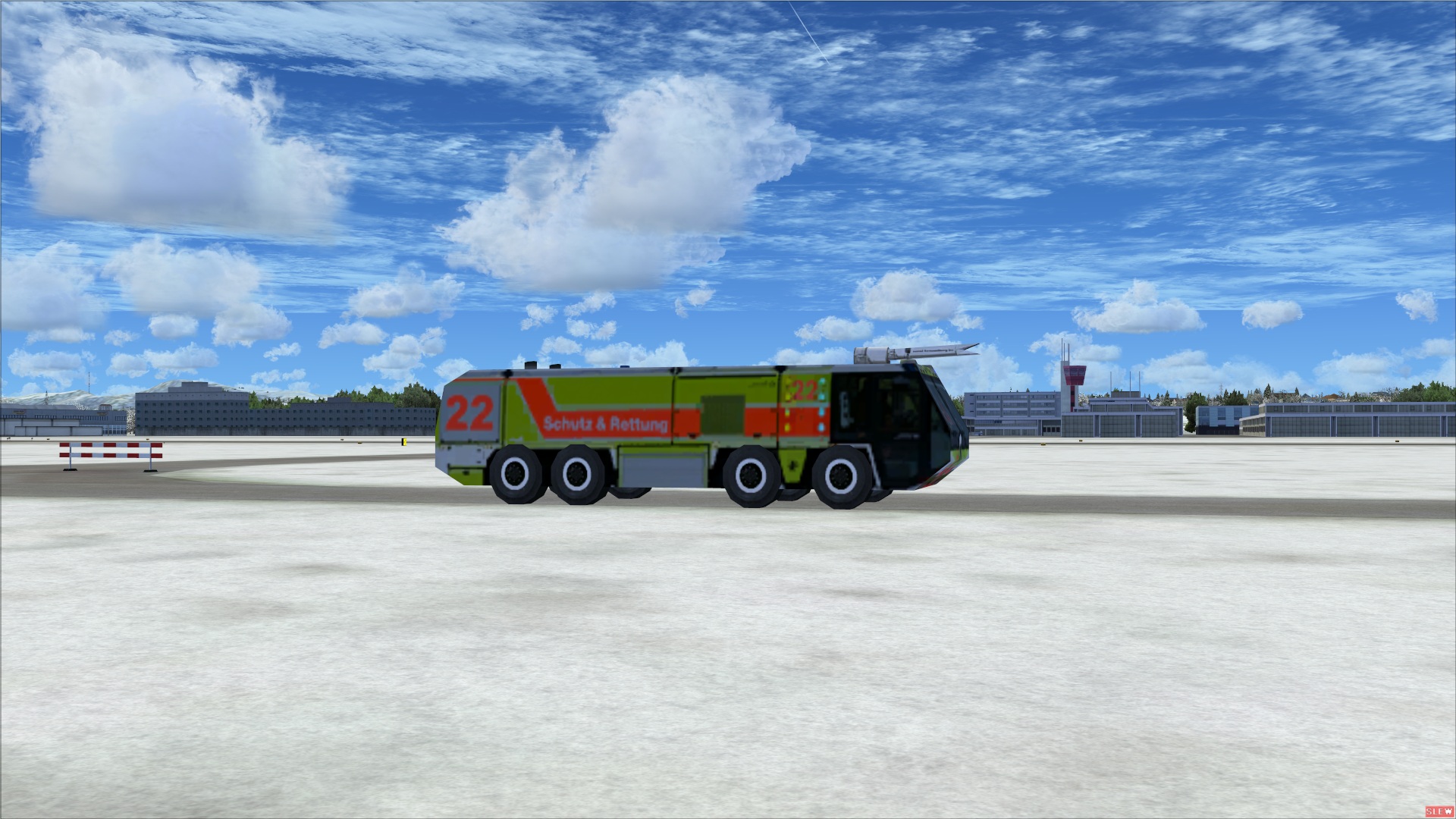
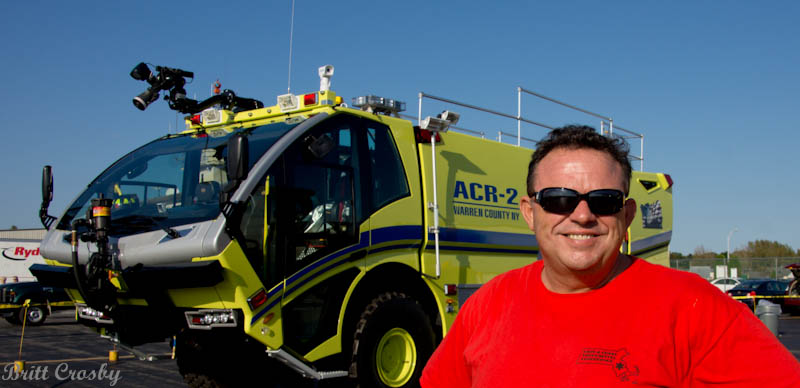

SEE VIDEO OF BMA ARFF IN ACTION NOV 10, 2014
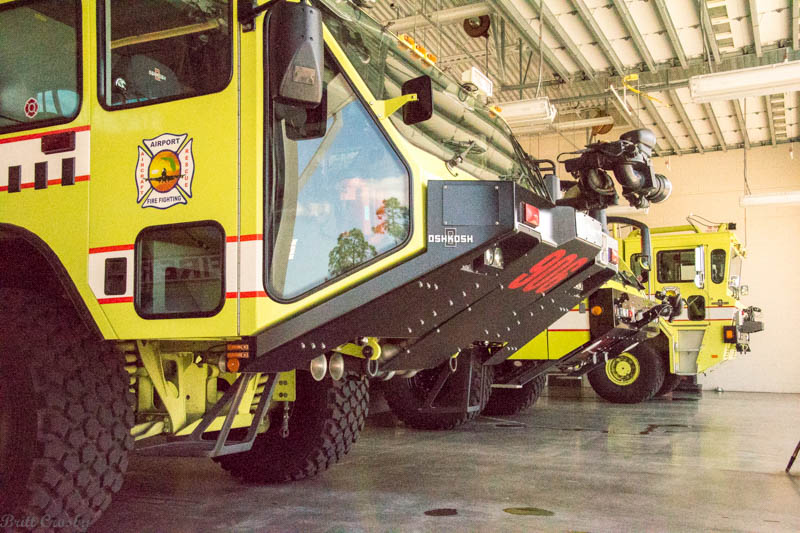
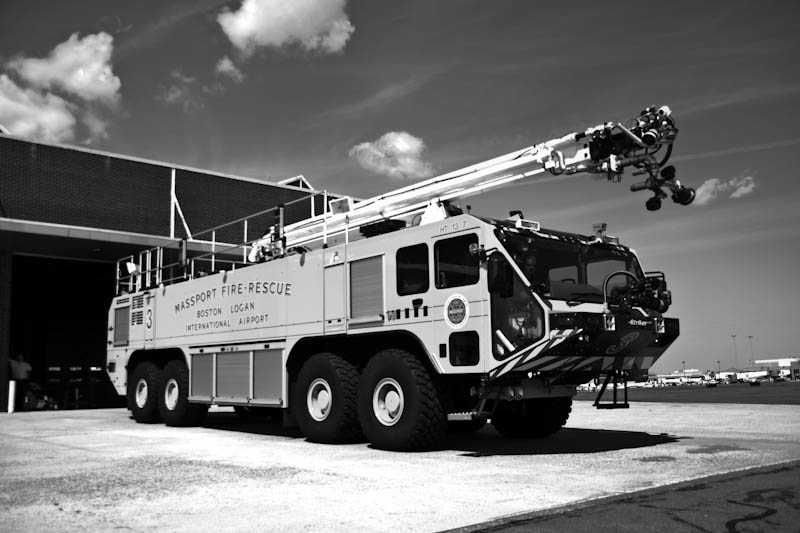
Boston - Massport Logan Airport
August 2012
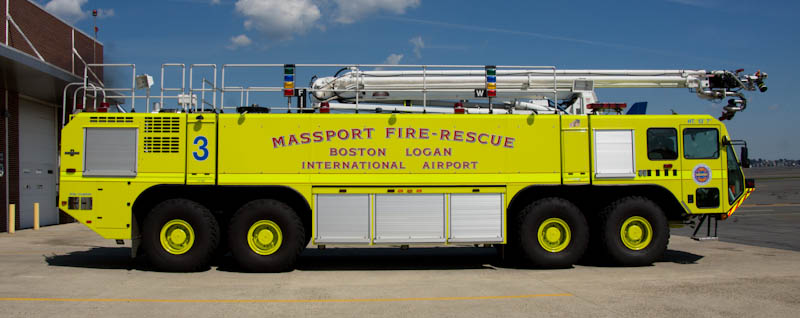
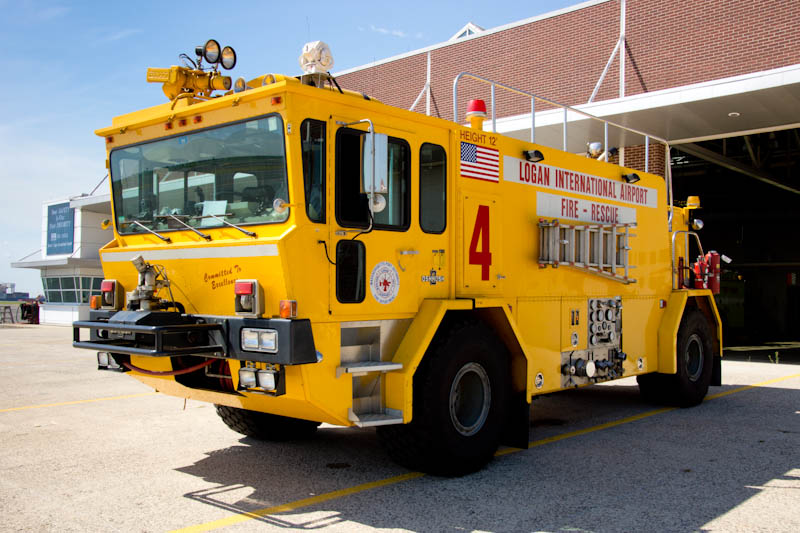
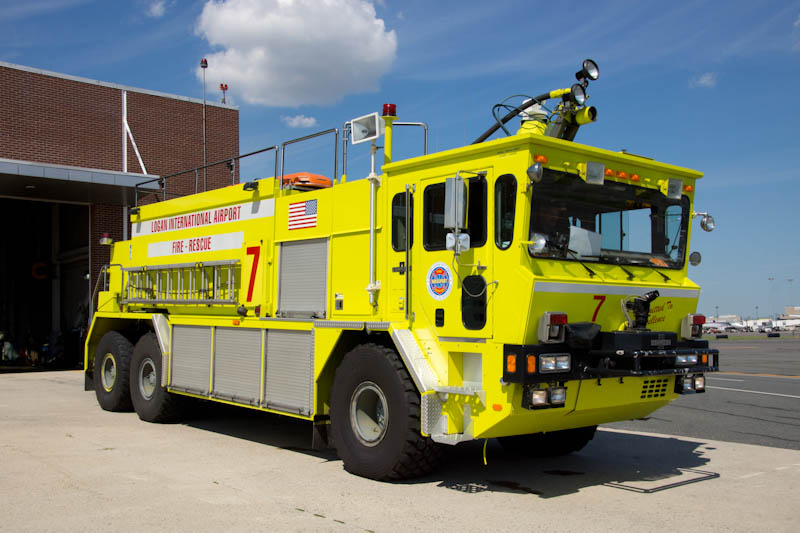
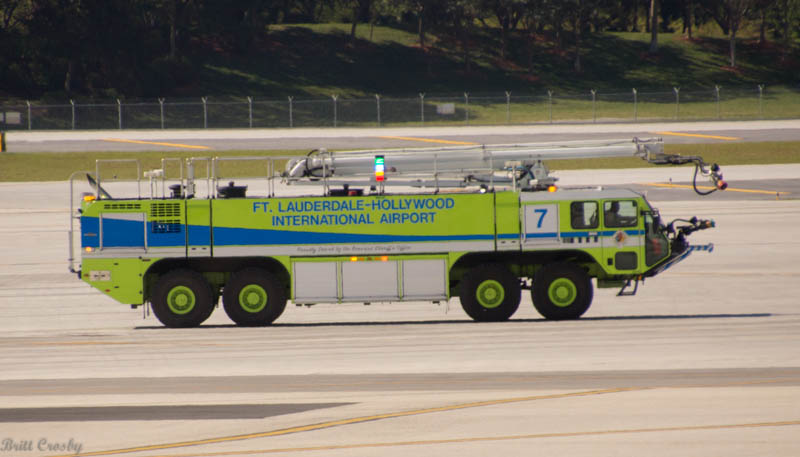
Ft. Lauderdale International, FL
February 2015

Naples, FL Municipal Airport
March 2015
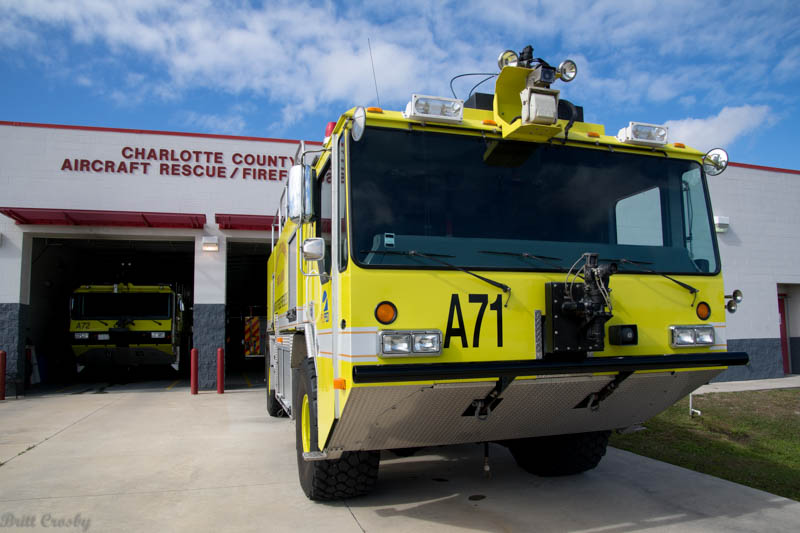
Charlotte County Airport, Punta Gorda, FL
2018
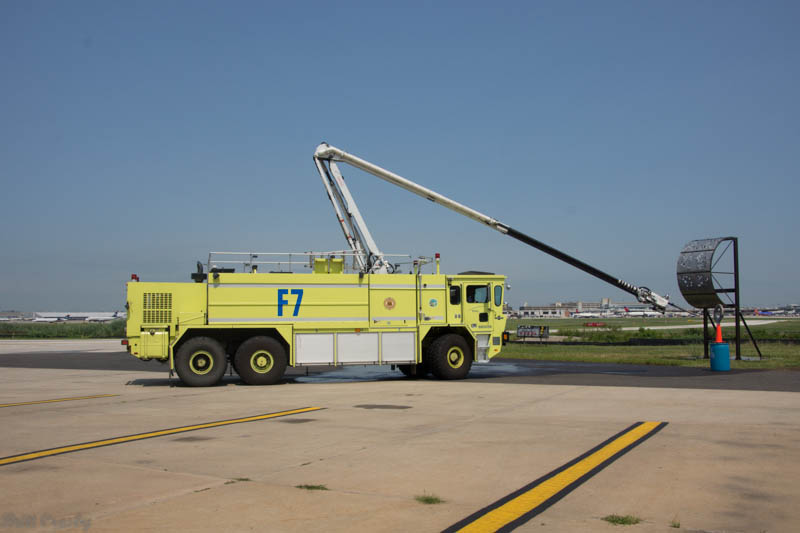
ALSO SEE VIDEOS OF PHILADELPHIA INTERNATIONAL
FOXTROT
7 TRAINING

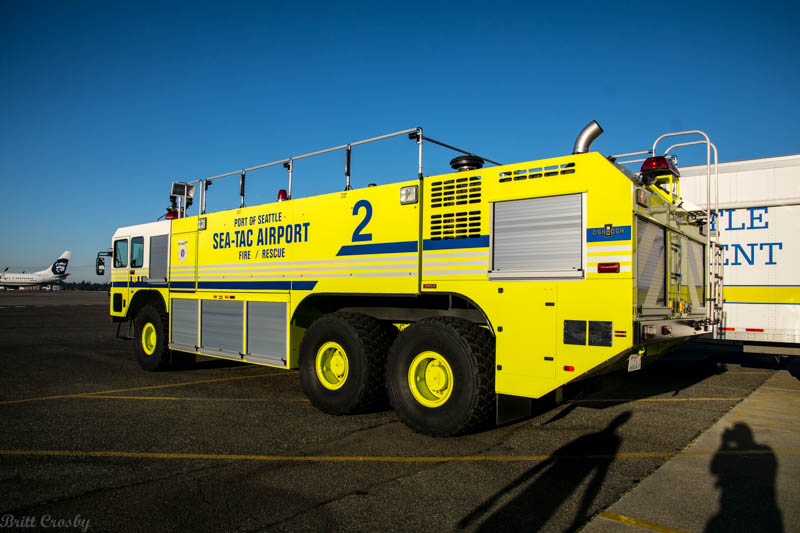
Seattle, WA - SEA-TAC AIRPORT
Sept 2016

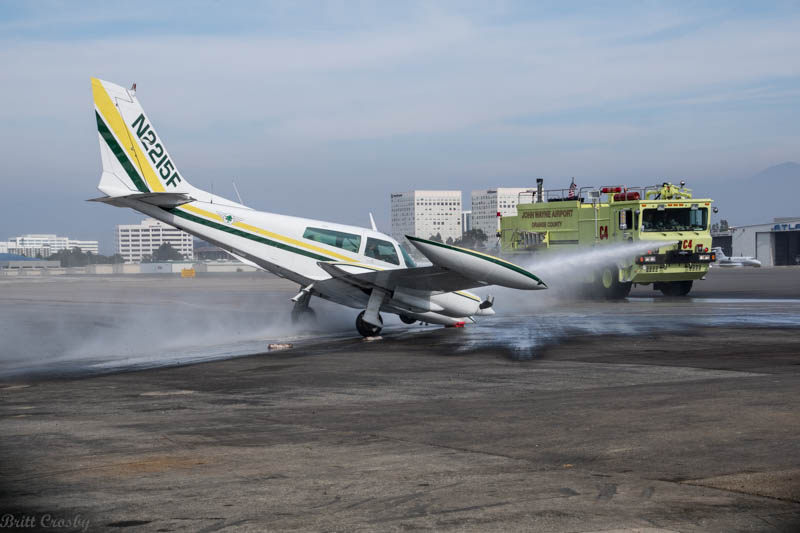
SEE ARFF DRILL
At John Wayne - Orange County, CA Airport Oct 2016

New ARFF Facility at Daytona International Airport, FL
April 2018
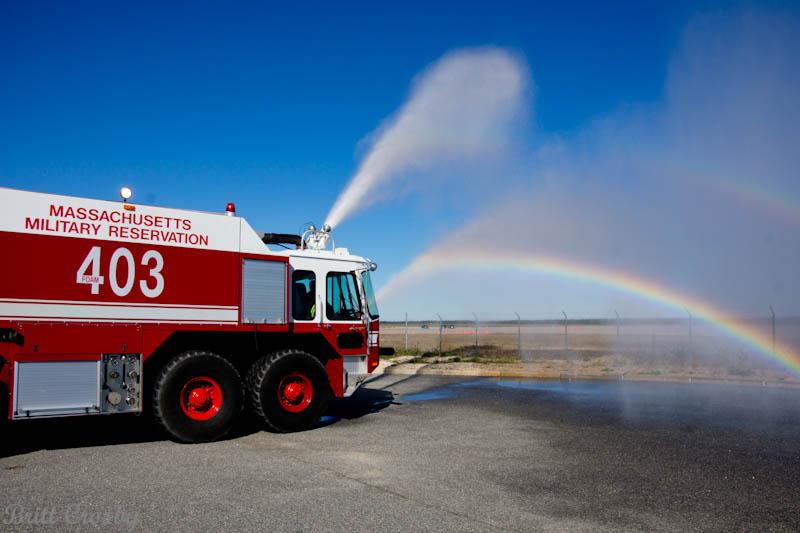
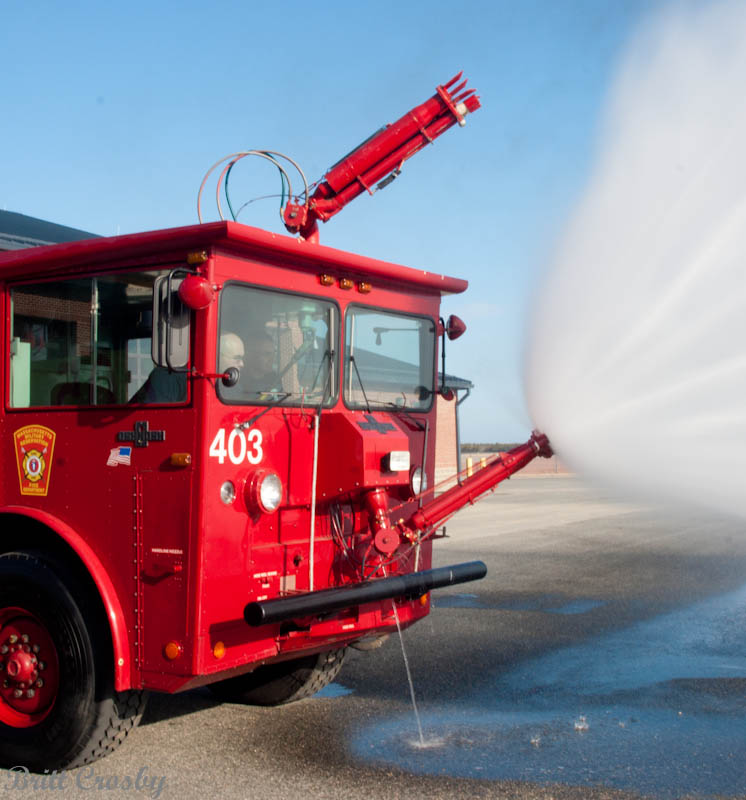

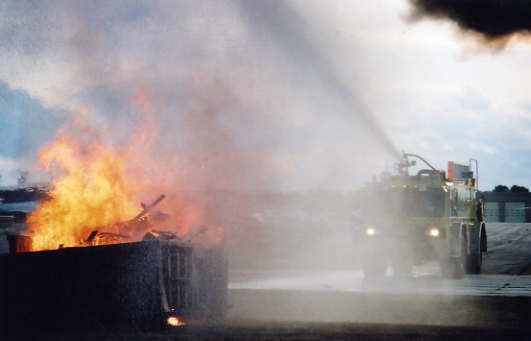

![]()
![]()

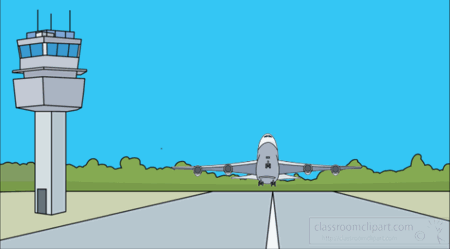

![]()
![]()

|
RUNWAYS Updated June 14, 2021 - Updated Massport Logan Airport Updated June 8, 2021 - Updated Martha's Vineyard Airport Added May 13, 2021 - Updated Photos of JFK, New York Added April 16, 2021 - Updated Joint Base Cape Cod Added April 6, 2018 - Added Daytona Beach Intl, Daytona, FL Added February 28, 2018 - Added KPGD, Punta Gorda, FL Added December 9, 2017 - Added KMTH, Marathon, FL Update February 28, 2017 - Added several photos Added December 7, 2016 - Added JAX, Jacksonville, FL Added November 5, 2016 - Added Sea-Tac, WA Added September 21, 2016 - Added Pocatello, ID Added March 24, 2016 - Added Daytona Beach Intl, Daytona, FL Added March 15, 2016 - Added SW Florida Intl, Ft Myers, FL Added March 21, 2015 - Updated Otis / MMR Apparatus Updated November 10, 2014 - Added a Hyannis In Flight Emergency with successful crash landing. SEE VIDEO. Updated July 24, 2014 - Updated, added photos of PHL
Philadelphia Updated February 18, 2014 - Added pages for MIA Miami
International and Punta Cana, Dominican Republic. Also a couple more
photos to Boston Logan International. Updated Sept 30, 2012 - Added Floyd Bennett Mem Airport, NY Updated August 25, 2012 - Updated Boston Logan Massport Updated July 10, 2012 - RE-LAUNCH OF ARFF FEATURE Updated Mar 9, 2012 - Updated, added
some Otis/MMR Photos. Added March 28, 2006 - Original Posting of ARFF Feature
|

|

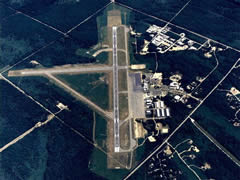
Airport with runways, taxiways, terminals,
and surrounding properties. ARFF units
are stationed with the ability to reach all
aspects of the airport quickly in the event
of an emergency.
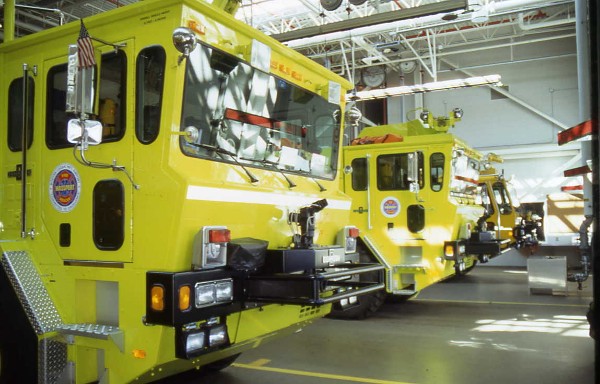
ARFF Apparatus stands ready to respond on a moments notice.
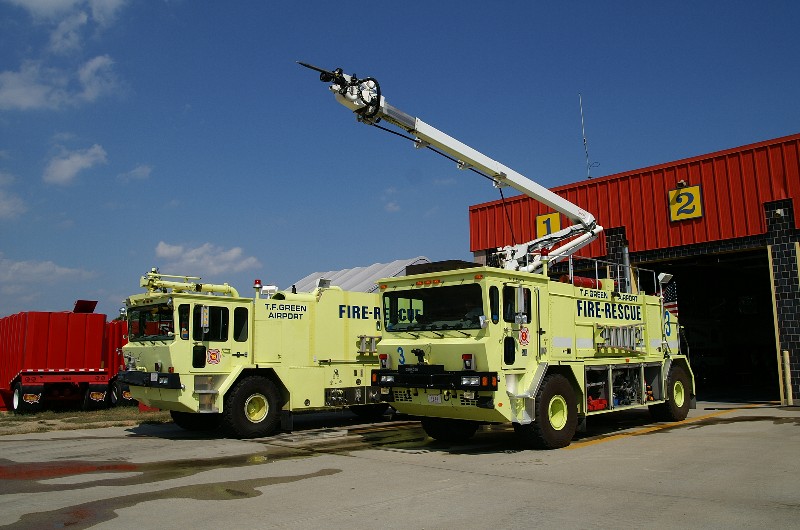
Ever more powerful and capable
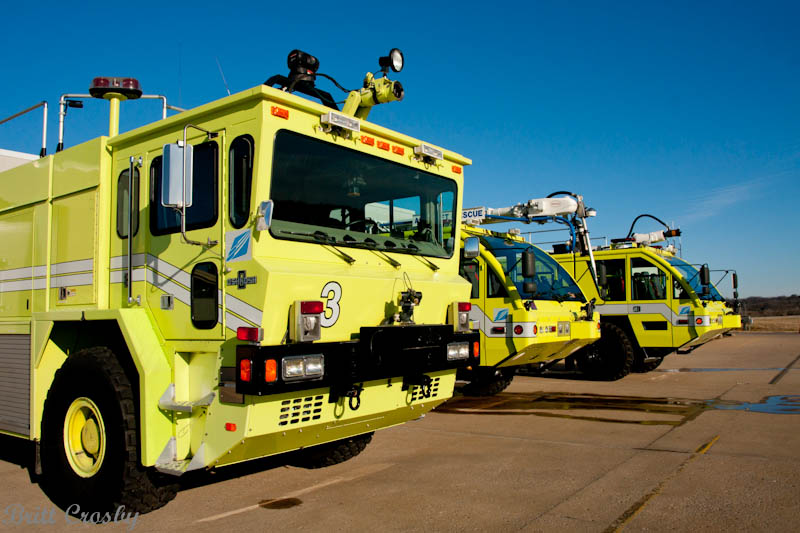
Nashville International ARFF
Honolulu, Hawaii International

![]()
Runways are numbered based on their compass orientation.
The runway number faces the direction the aircraft is landing from.
27 would be landing from the right to left. Headed in the compass direction of
270 degrees (West).
[ 0 = North, 90 = East, 180 = South, 270 = West]
Since a compass has 360 degrees, and most runways are straight, one end of the
runway
is 180 degrees (or 18) different from the other end.
(Runway 9 is 18 less than 27. Runway 18 is 18 less than Runway 36, etc...)
Runway 15/33, Runway 6/24, etc...

Runways are often built to take advantage
of prevailing winds. Planes land and take off
into the wind. When winds are calm, the
choice of runway may be based on other
factors. Runways are numbered. Taxiways
are typically lettered...
Alpha, Bravo, Charlie, etc...
![]()
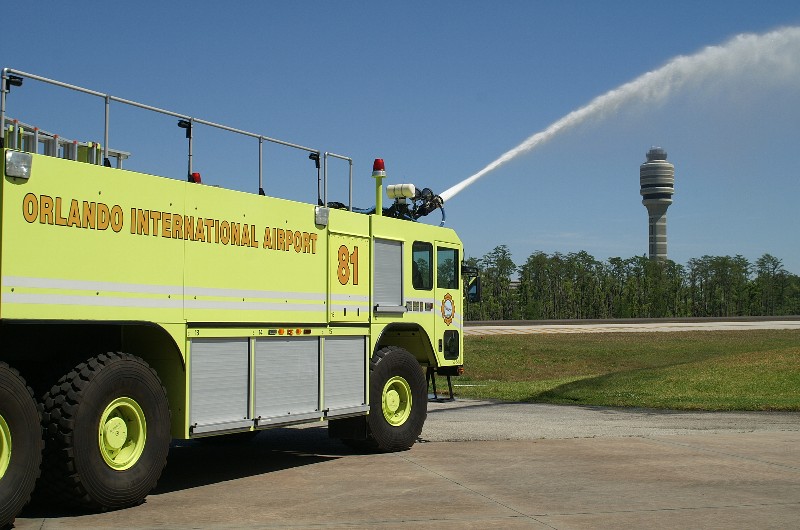



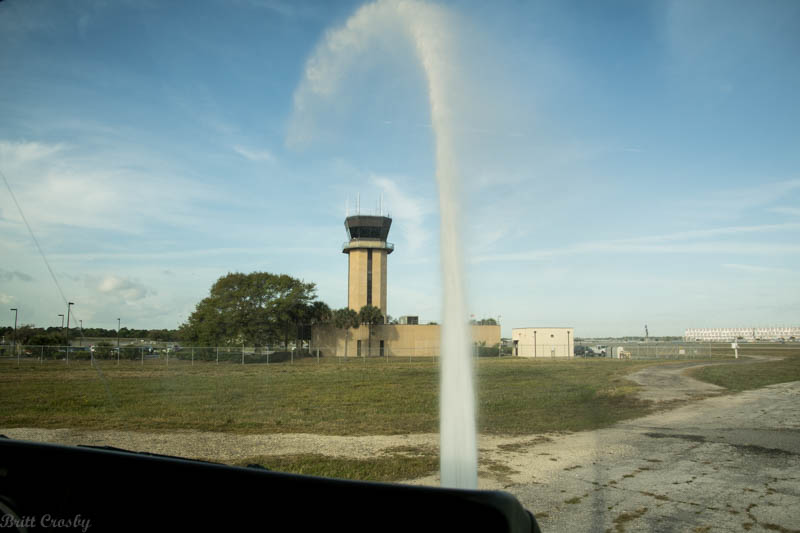
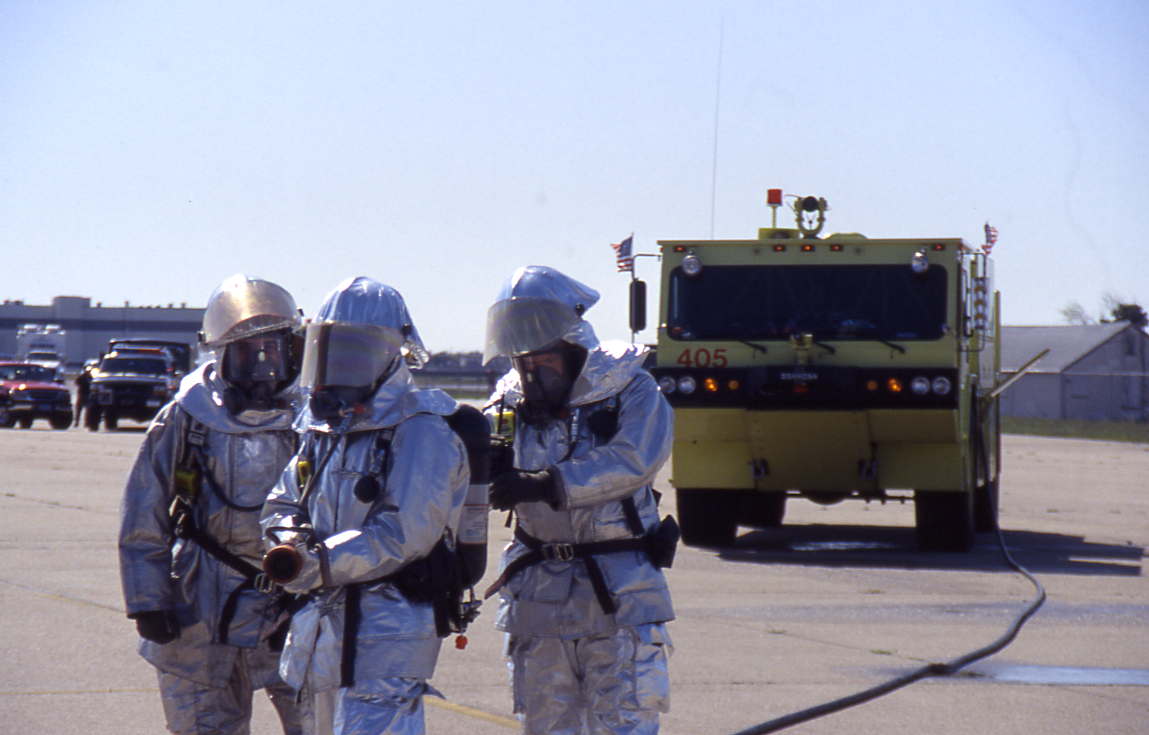
This Feature is dedicated to all those who have served as ARFF personnel.


<< Prev CapeCodFD.com Home ARFF Main Terminal Features Next >>
![]()
ARFF Apparatus Feature
Copyright CapeCodFD.com